
As the global carbon reduction countdown accelerates, a sewage treatment plant built with stainless steel structures is achieving an annual reduction of 23,000 tons of CO₂, while a stainless steel wind turbine that has been in service for 20 years continues to operate steadily. These scenarios are quietly rewriting the green DNA of “Made in China.” As the “Dual Carbon” goal (carbon peak and neutrality) meets the transformation of the manufacturing sector head-on, why does stainless steel stand out in the materials jungle? Let’s uncover the underlying logic of this green revolution.
01. Carbon Neutrality Pressure: A New Survival Code for Manufacturing
According to China’s Ministry of Industry and Information Technology, carbon emissions from the industrial sector account for about 65% of the national total. The “14th Five-Year Plan for Green Industrial Development” calls for a 13.5% reduction in energy consumption per unit of industrial added value by 2025. Traditional materials like carbon steel (which suffers corrosion losses amounting to 3%–5% of GDP annually) and plastics (with only 9% recycled globally) are under phase-out pressure.
1.1 Carbon Cost Reshapes Industrial Logic
EU Carbon Tariff Countdown: Full implementation by 2026, with steel products being the first target.
China’s Expanding Carbon Market: After the power industry, sectors like steel and building materials are next in line.
The EU’s Carbon Border Adjustment Mechanism (CBAM) requires disclosure of the full life-cycle carbon footprint for imports. Stainless steel, with its 80% recycled content (according to the Bureau of International Recycling), holds a competitive edge in global trade.
1.2 LCA (Life Cycle Assessment) Becomes the New Standard
Traditional material selection criteria disrupted: Shifting from “cheap and good” to “low-carbon and sustainable.”
Baosteel Case Study: Stainless steel rooftop photovoltaic systems reduced a factory’s carbon footprint by 42%.
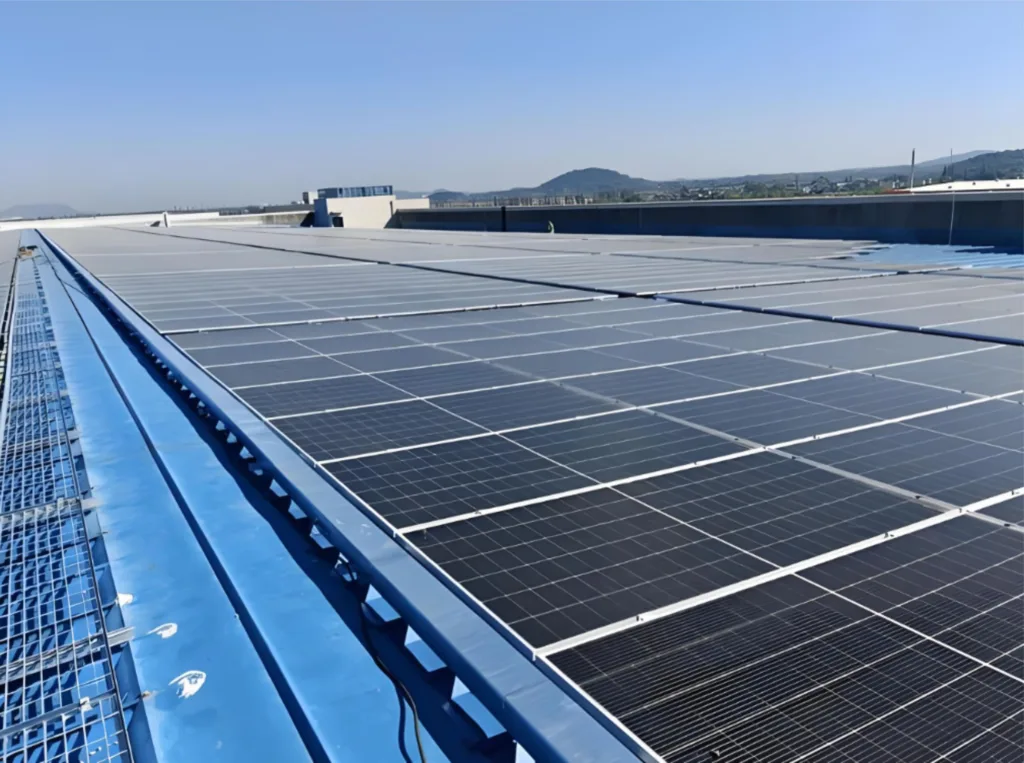
02. Circular Revolution: The Recycling Secret of Stainless Steel
According to the International Stainless Steel Forum (ISSF), global stainless steel recycling rates reach 86%, and in construction, over 95%. Every ton of recycled stainless steel can reduce CO₂ emissions by 4.3 tons.
China launched its carbon peak and neutrality strategy in 2020, pushing the manufacturing sector into a green transformation. In this shift, stainless steel—a seemingly traditional material—has become a key vehicle of the global low-carbon economy with its 98% recyclability rate. From Tesla Gigafactory’s hydrogen storage tanks to corrosion-resistant mounts at the Dubai Solar Park, stainless steel is pioneering a new paradigm for green manufacturing.
2.1 Closed-Loop Recycling System Unveiled
Molecular-level regeneration: Alloy elements such as nickel and chromium retain 100% of their properties.
Qingshan Group: Energy consumption for melting scrap is only one-third that of primary ore refining.
Hanshin Region, Japan: A stainless steel tableware recycling system uses electric arc furnace technology to produce 1 ton of new steel from 3 tons of scrap, consuming only 30% of the energy needed for primary steel.
2.2 Urban Mining in Practice
Gree Electric: Recycles over 100,000 stainless steel household appliances annually under a single brand.
Shanghai Tower: Over RMB 200 million worth of stainless steel building materials were recovered during dismantling.
03. Invisible Energy Savings: The Underestimated Full-Cycle Value
3.1 Economics of Maintenance Costs
Hong Kong-Zhuhai-Macao Bridge: Stainless steel rebar reduced maintenance costs by 60%.
Food Industry Example: Coating-free surfaces reduce operating costs by 30%.
Corrosion Resistance Economics: In marine environments, stainless steel pipes last 100 years vs. 15 years for galvanized steel, reducing lifecycle maintenance costs by 76% (source: NACE, U.S.).
3.2 Breakthroughs in Energy Efficiency
Taiyuan Iron and Steel (TISCO): A new stainless steel with 17% higher heat exchange efficiency, saving 80,000 tons of standard coal annually for power plants.
JiuLi Special Materials: Developed ultra-low-temperature stainless steel reducing LNG transport energy use by 22%.
Surface Treatment Revolution: Baosteel’s antibacterial stainless steel, used in medical buildings, eliminates coating processes, reducing VOC emissions by 0.8kg per square meter.
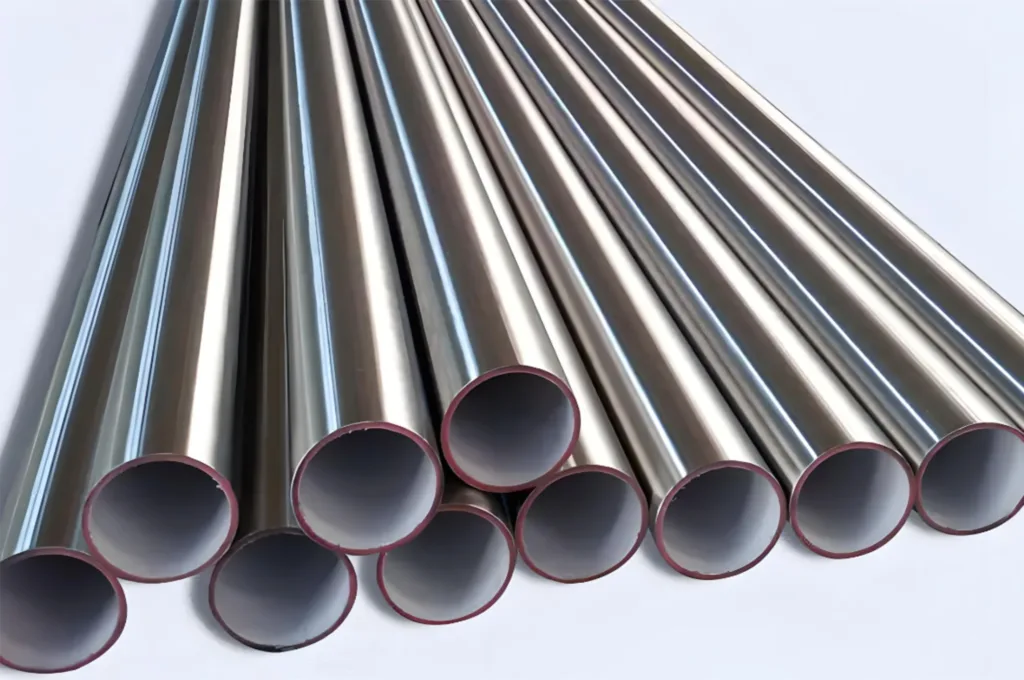
04. Future Battlefield: Key Deployments in the Carbon Neutral Race
4.1 The New Energy Frontline
Photovoltaic Revolution: LONGi uses 316L stainless steel brackets in the sandstorm-prone region of Qinghai, achieving zero corrosion in 25 years and boosting module efficiency to 22.8%.
Hydrogen Energy Breakthrough: Shanghai HydrogenSun Technology developed 316Ti stainless steel hydrogen tanks that operate from –253°C to 300°C, cutting costs by 40% compared to titanium alloys.
Wind Power Sector: Mingyang Smart Energy uses 2205 duplex stainless steel towers in Yangjiang offshore wind farms, improving chloride corrosion resistance by 5× and increasing annual power generation per unit by 15%.
Our company case: Deep cooperation with domestic power plants in positive/negative electrodes, filters, slurry, and spray pipeline systems.
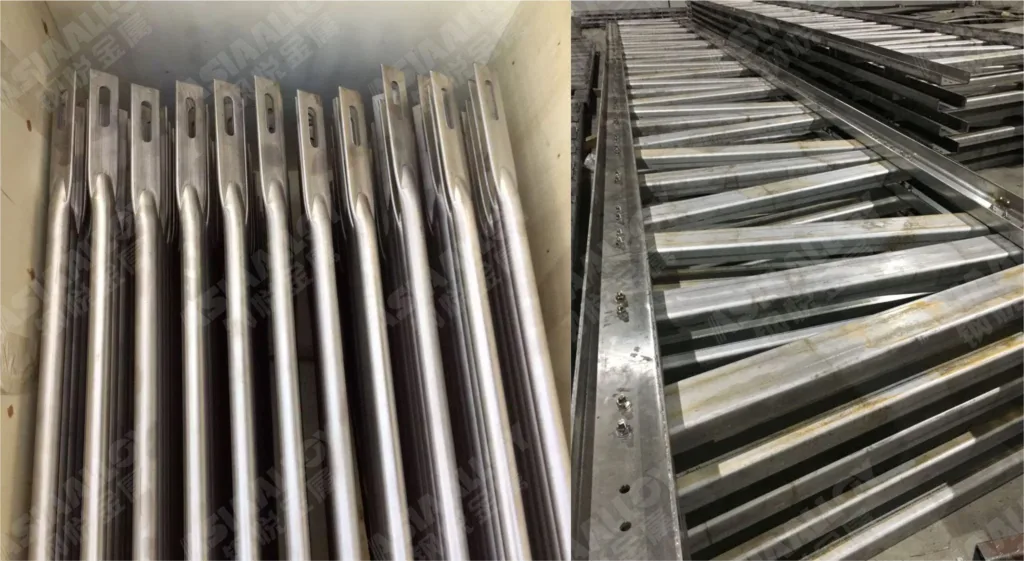
Electrodes and Frames
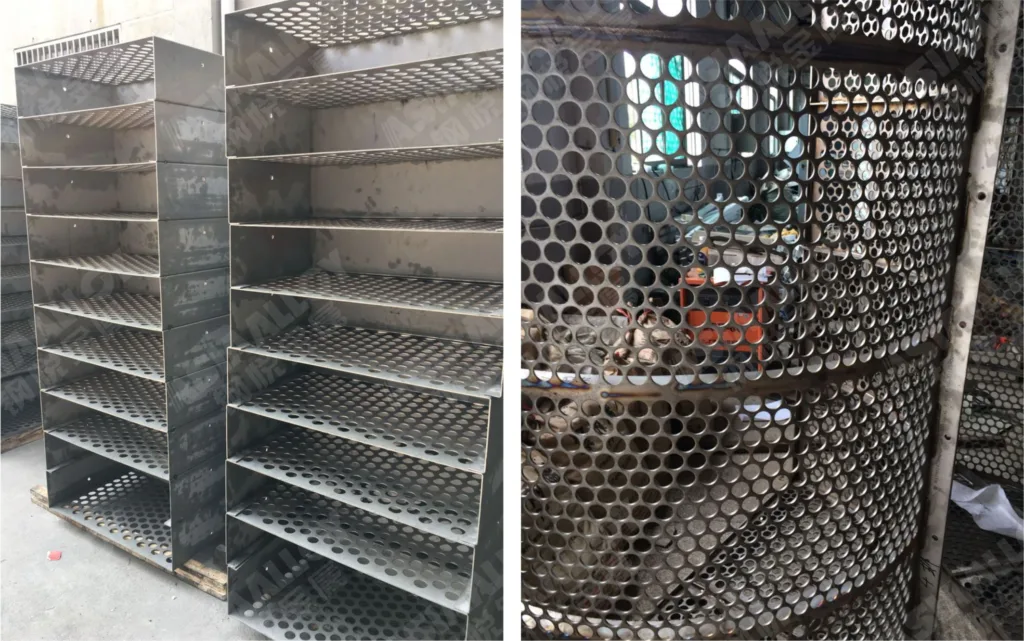
Trays and Filters

Frameworks and Pallets
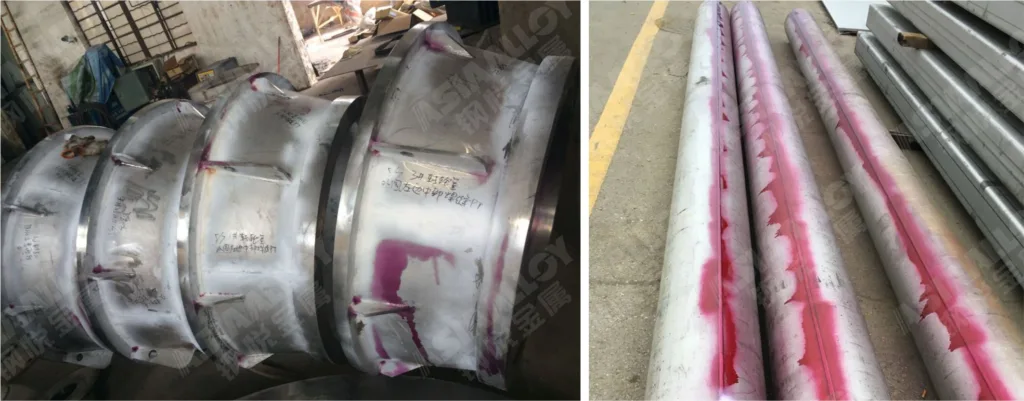
Transfer Pipelines
4.2 Environmental Infrastructure of the Future
Xiong’an Underground Utility Tunnels: Built with 304 stainless steel, designed to last a century.
Yangtze River Protection: Stainless steel membrane technology improves sewage treatment efficiency by 40%.
Wastewater Upgrade: Beijing Enterprises Water Group adopted 254SMO super stainless steel pipes in Xiong’an, offering 20× better acid-alkali resistance than PVC and eliminating microplastic pollution.
Waste-to-Energy Innovation: Shanghai Environment Group used 310S stainless steel for incinerator linings, tolerating 1200°C corrosion and extending lifespan to 15 years (vs. 5 years for traditional materials).
Soil Remediation Solution: CECEP Environmental uses 430 stainless steel leachate systems on polluted sites, reducing leakage risks by 90% compared to HDPE.

05. Future Outlook: A Stainless-Powered Industrial Ecosystem
5.1 Digital Twins Empower Circular Systems
Ansteel Group established a stainless steel product digital ID system using blockchain to trace material flow. By 2025, it expects to achieve 95% recycled content utilization.
5.2 Nanotechnology Breaks the Performance Limit
TISCO’s nano-crystalline stainless steel achieves a strength of 2GPa while reducing weight by 30%, revolutionizing lightweight standards in electric vehicles.
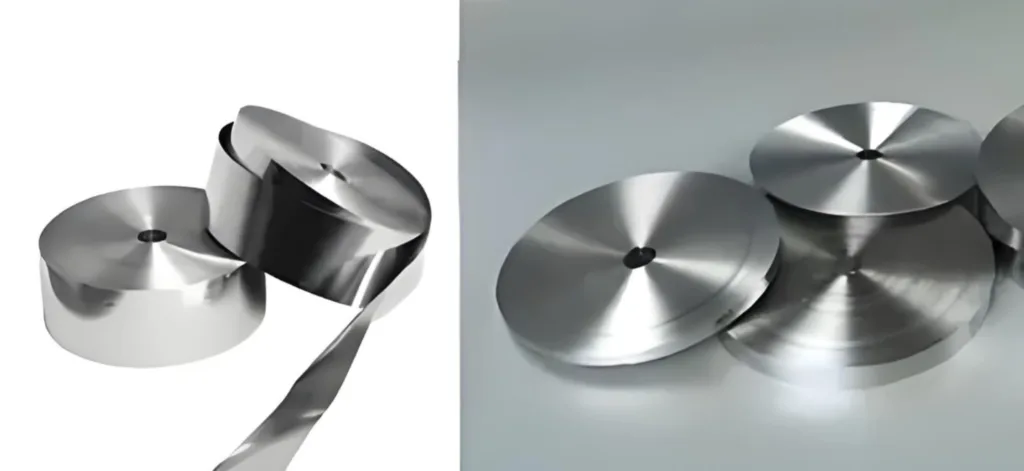
5.3 A New Global Green Trade Order
With ISO 14687-2:2023 recognizing stainless steel as a core material for hydrogen applications, China’s stainless steel exports rose 23% year-on-year in 2023 (China Customs), reshaping global supply chains.
Academician Xie Jianxin, Chinese Academy of Engineering:
“The recyclable nature of stainless steel forms a perfect synergy with the Dual Carbon goals. By 2030, recycled stainless steel is expected to exceed 50% of total production.”
When a stainless steel sink from 1990 is reborn at a high-end kitchenware factory, what we witness is not just the recycling of a material, but the awakening of a nation’s manufacturing philosophy. On this journey toward global carbon neutrality, stainless steel—with its unique circular DNA—is writing a new green answer for Chinese industry. Choosing stainless steel is choosing a future that coexists with the planet.
